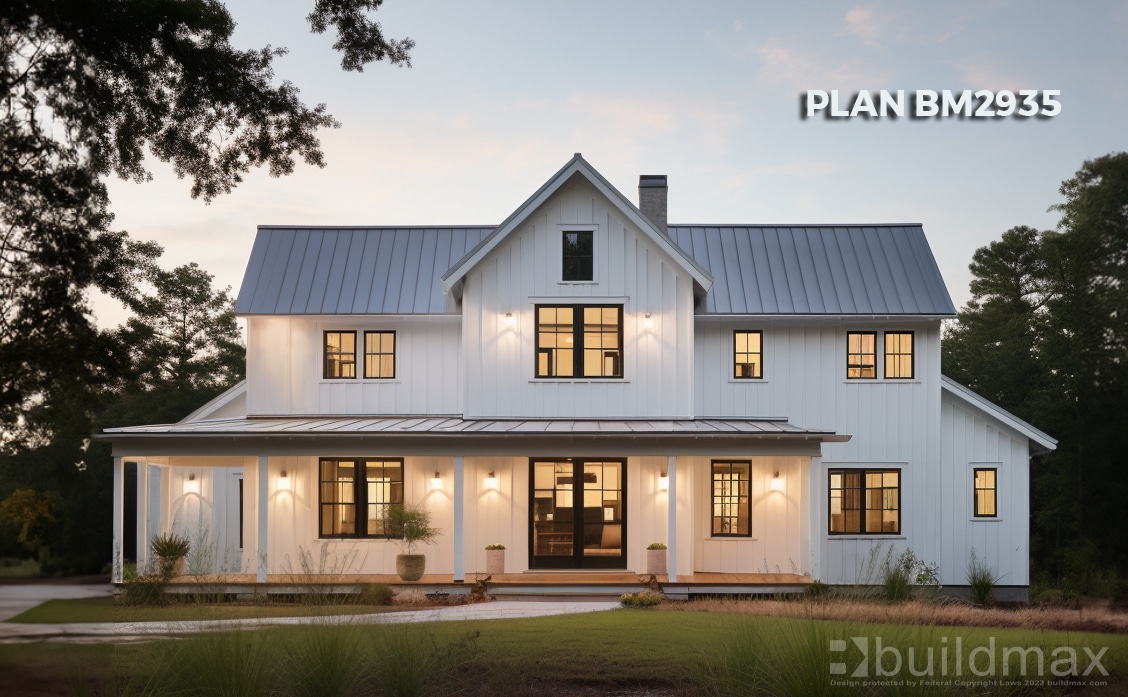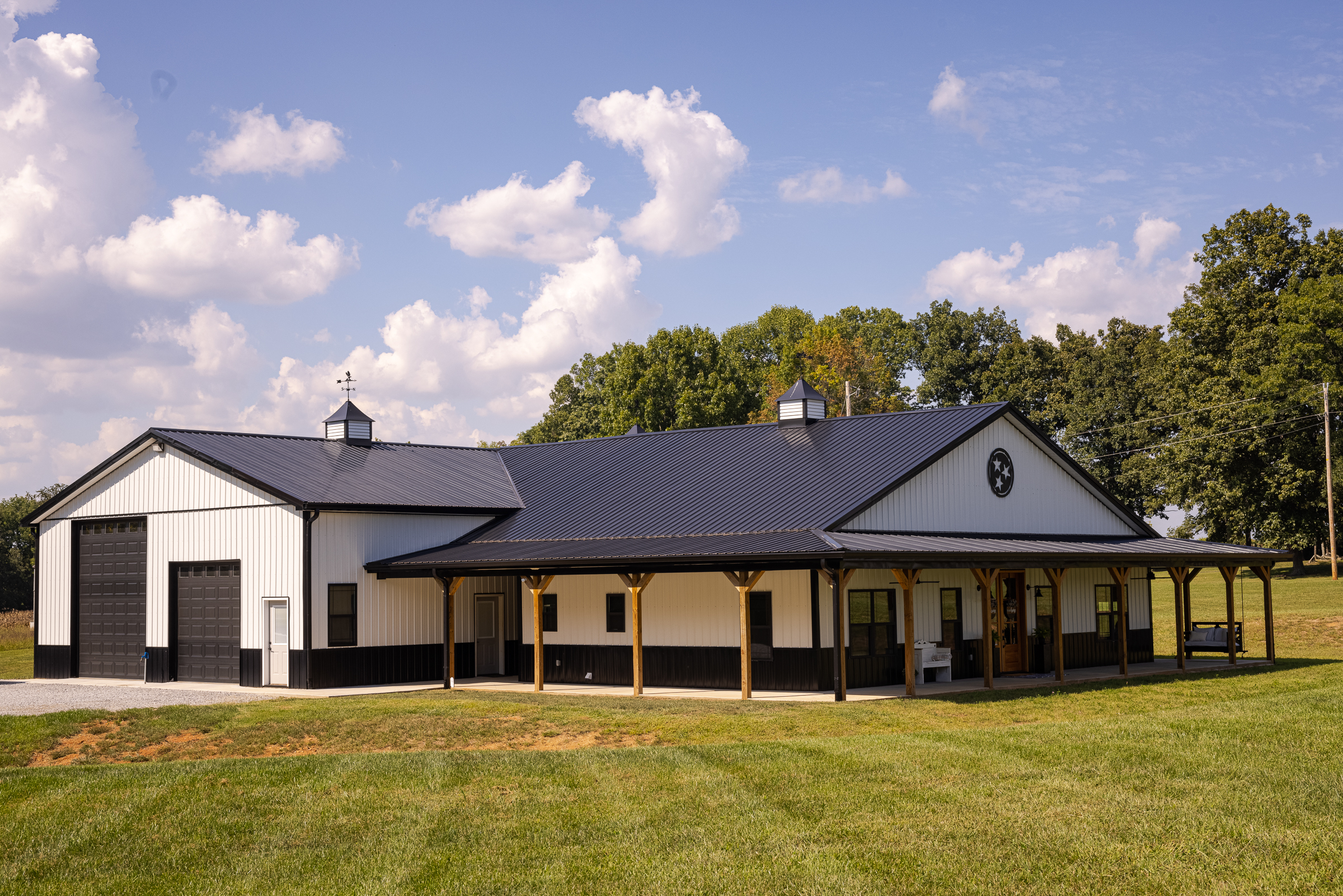Barndominium Builder Near You: Relied on Builders for Every Job
Barndominium Builder Near You: Relied on Builders for Every Job
Blog Article
Barndominiums Vs. Typical Homes: a Detailed Contrast of Way Of Living and Functionality
The decision in between barndominiums and traditional homes incorporates various factors, including way of living choices and useful requirements. Barndominiums are defined by their open layouts and flexibility, often interesting those that focus on communal living and adaptability. In comparison, standard homes offer an even more structured setting, which might better serve households looking for personal privacy and a feeling of background. As we check out the cost effects and ecological factors to consider, it comes to be clear that the selection extends past simple looks and capability; it invites a deeper expedition of what genuinely specifies a home.
Overview of Barndominiums
Barndominiums, a novel housing pattern getting popularity across different areas, mix the rustic beauty of barn-style style with the capability of modern home. These unique structures usually consist of a metal or wood framework, integrating open layout and high ceilings with energy-efficient functions. Commonly situated on large country homes, barndominiums provide home owners the chance to delight in a tranquil way of life while supplying ample area for numerous tasks.
The versatility of barndominiums expands beyond their visual appeal; they can function as both living quarters and functional areas for pastimes, workshops, or perhaps small organizations. Their flexible style enables easy personalization, accommodating varied household requirements and preferences. Several proprietors value the reduced maintenance requirements connected with metal home siding and roof covering, adding to long-term sturdiness.

Attributes of Traditional Homes
Emphasizing classic design and comfort, traditional homes are characterized by their distinctive architectural designs, which typically show historical impacts and regional aesthetics. Usual features consist of balanced facades, gabled roofing systems, and a focus on workmanship, leading to a warm and inviting environment.
Standard homes frequently incorporate elements such as crown molding, wainscoting, and hardwood flooring, boosting their traditional charm. They usually feature several spaces with specified functions, advertising family members communication while permitting personal privacy. website. The layout typically consists of official living and eating areas, which are helpful to amusing visitors and holding family events
Exterior products such as block, timber, or stone are frequently used, adding to resilience and a sense of durability. Barndominium repair. Additionally, lots of standard homes are designed with front verandas or stoops, promoting a feeling of area and link with the area
Landscaping plays a significant role in standard home style, with properly maintained yards and pathways that enhance aesthetic appeal - see website. Generally, conventional homes personify a feeling of nostalgia and stability, appealing to those that value heritage and an extra organized living environment
Expense Contrast
Normally, a cost comparison in between barndominiums and standard homes discloses significant differences in building expenses and overall financial investment. Barndominiums, usually built from steel or steel structures, usually incur reduced product and labor expenses than traditional homes developed from timber and brick. The streamlined style of barndominiums can translate to minimized construction times, further lowering labor costs and expediting tenancy.
On average, the price per square foot for a barndominium ranges from $100 to $150, while standard homes can vary commonly, generally falling in between $150 and $300 per square browse around here foot, depending on location, materials, and style intricacy. This expense variation makes barndominiums an eye-catching option for budget-conscious customers looking for bigger living rooms without giving up quality.
In addition, barndominiums might result in lasting savings with lower upkeep expenses, energy efficiency, and insurance rates. Their long lasting building and construction products frequently need much less upkeep in time contrasted to standard homes. It is important to think about that while preliminary prices may be lower for barndominiums, the final financial investment will certainly likewise depend on individual modification and desired services, which can affect the total expense in both housing types.
Way Of Life and Space Factors To Consider
When considering way of living and room, barndominiums use a distinct flexibility that interest a selection of house owners. These hybrid structures combine domestic coping with useful room, frequently featuring open layout that can be adjusted to suit private demands. This versatility is especially advantageous for families or individuals looking for a tailored living atmosphere, permitting for varied usages such as office, workshops, or leisure areas.

Additionally, the visual appeal of barndominiums can accommodate both rustic and contemporary preferences, making them a flexible option for various design preferences (Barndominium repair). Eventually, the selection in between a barndominium and a conventional home usually rests on exactly how well each alternative lines up with the house owner's lifestyle goals and spatial needs, highlighting the importance of thinking about personal priorities in the decision-making process
Ecological Impact and Sustainability
The environmental effect and sustainability of barndominiums present engaging advantages compared to traditional homes. Primarily built from steel and other sturdy products, barndominiums are usually constructed making use of recycled resources, reducing the need for new materials and reducing waste. Their design usually emphasizes open areas, which can lead to reduced energy usage for heating & cooling compared to standard homes with more fractional formats.
Moreover, barndominiums can include lasting functions such as solar panels, rain harvesting systems, and advanced insulation techniques, boosting their power efficiency. The versatility of their layout permits property owners to integrate these innovations much more effortlessly than in many standard homes, which may call for considerable retrofitting.
In addition, barndominiums often call for less resources for building and construction due to their simpler, much more efficient layouts (read more). Overall, barndominiums represent a forward-thinking strategy to sustainable living, lining up with contemporary environmental priorities.
Conclusion
In recap, the selection between barndominiums and conventional homes pivots on individual lifestyle choices and useful demands. Barndominiums, with their open designs and sustainable products, cater to those seeking adaptability and public living.
Report this page